We often see aluminum plate and aluminum sheet. Do you know their differences and how to use them? This article will introduce the specific content of aluminum plates.
What Is Aluminum Plate?
Aluminium plate refers to a rectangular plate rolled from aluminum ingots. There are three kinds of aluminium plate: pure aluminum plate, alloy aluminum plate, thin aluminum plate, medium-thick aluminium plate and patterned aluminium plate. Generally, those with a thickness of 0.2-6.0 are aluminium sheets, and those with a thickness of 6.0 or more are aluminum plates.
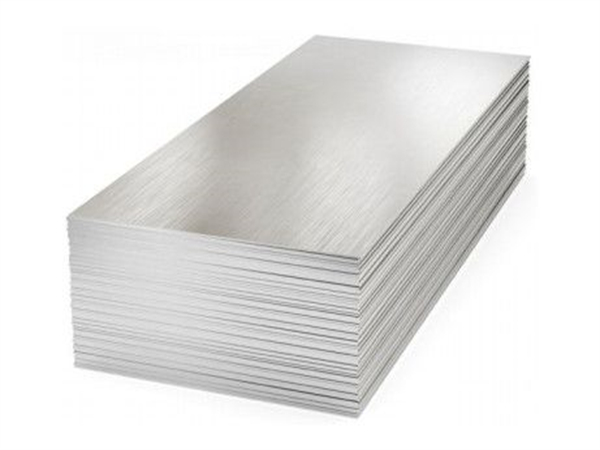
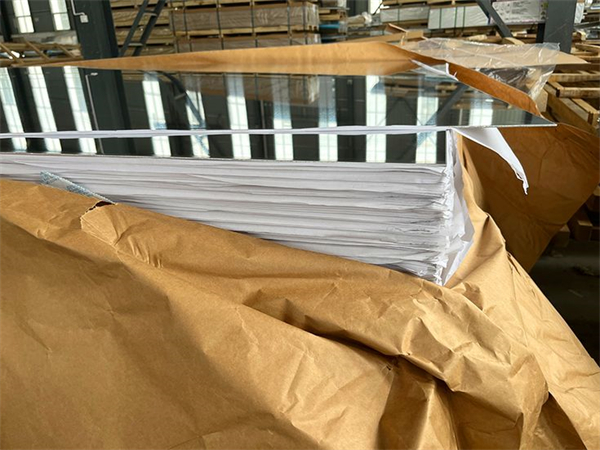
Classification
Aluminium plates can be divided into pure aluminum , alloy aluminum and aluminum composite plates according to alloy composition.
- Pure aluminum: Rolled from high-purity aluminum with a content of more than 99.9%.
- Alloy aluminum: Composed of aluminum and auxiliary alloys, usually aluminum-copper, aluminum-manganese, aluminum-silicon, aluminum-magnesium, etc.
- Aluminum composite plates: Special-purpose aluminium plate materials uses combining multiple materials.
According to surface treatment, there are many kinds of aluminum plate, such as mill finish, color coated , mirror , embossed and anodized aluminum plate.
- Mill finish plate: Its surface has no treatment and shows the natural color of aluminum.
- Color coated plate: It is the plate with various colors of paint coatings on the surface of the mill finish aluminium after cleaning, chromating, roller coating, baking, etc.
- Mirror plate: It is a product that is processed through various methods such as rolling and grinding to give the surface of the plate a mirror effect.
- Embossed plate: It is an aluminum product based on aluminium plates that has been rolled to form various patterns on the surface. It has wide usage, mainly in packaging, construction, curtain walls, etc.
- Anodized plate: It is the plate in the corresponding electrolyte (such as sulfuric acid, chromic acid, oxalic acid, etc.) as the anode, under specific conditions and applied current, electrolysis, so that the surface of the plate to generate a dense oxide film, the use of anodized oxide film colorless porous nature, to achieve the purpose of dyeing and protecting the aluminum matrix.
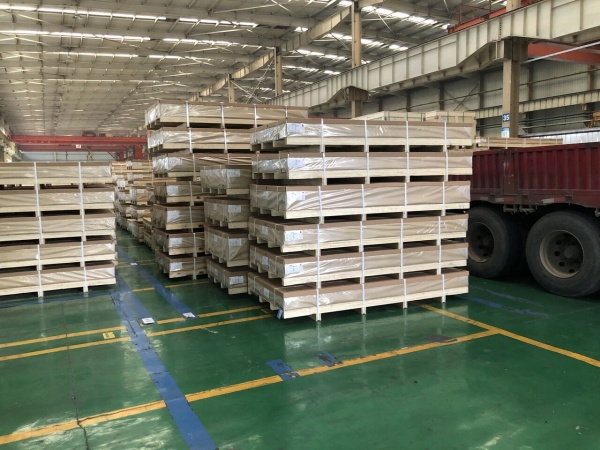
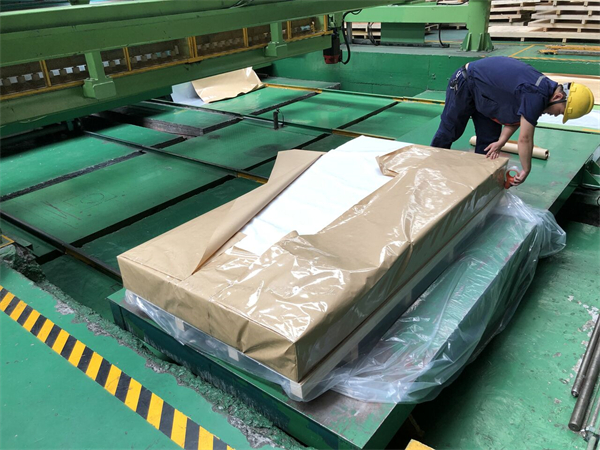
Advantage Of Aluminum Plate
As a common metal material, it has a common use in industry and life. It has many advantages.
First of all, one of the advantages is their lightweight properties. Compared with many other metals, aluminum has a lower density, so the plates can reduce the overall weight when applied, which is very beneficial for some scenarios that require weight reduction.
Secondly, they have good processing properties. It can be processed through rolling, drawing and other processes to make products of different shapes and specifications, so it is widely used in industrial manufacturing.
In addition, they have good thermal conductivity and corrosion resistance. This makes aluminium sheets very useful when manufacturing some products that require good thermal conductivity and corrosion resistance.
Use Of Aluminum Plate
- Lighting decorations
- Solar reflective sheets
- Building appearance
- Interior decoration: ceilings, walls, etc.
- Furniture, cabinets
- Elevators
- Signs, nameplates, bags
- Car interior and exterior decoration
- Interior decorations
- Household appliances
- Aerospace and military aspects
- Mechanical parts processing
- Mold manufacturing
- Chemical/insulation pipe coating.
- High-quality ship plates
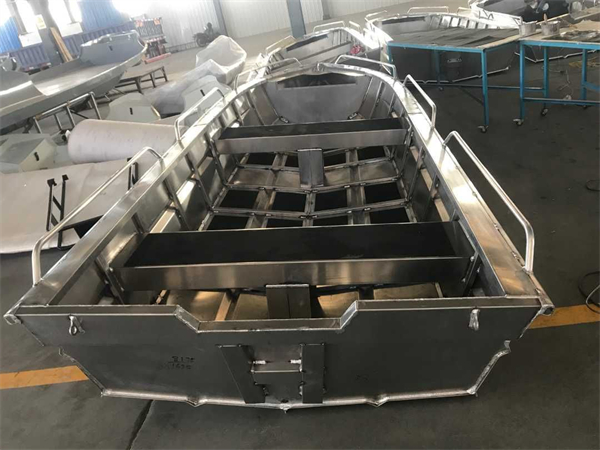
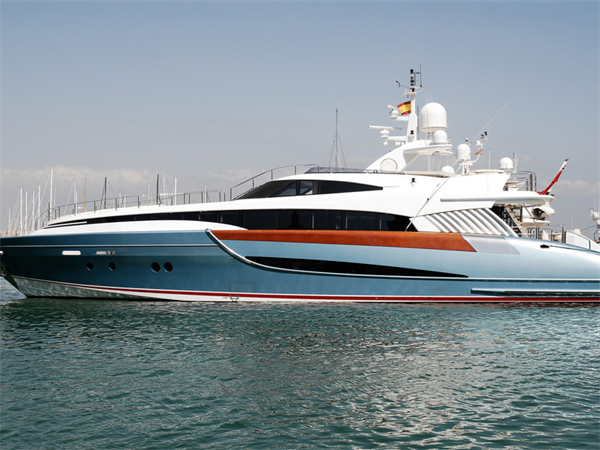
Care & maintenance
- First rinse the board surface with plenty of water.
- Use a soft cloth soaked in detergent diluted with water to gently wipe the board surface.
- Rinse the board surface with plenty of water to wash away the dirt.
- Check the board surface and clean the areas that are not clean with detergent.
- Rinse the board surface with clean water until all the detergent is washed away.
Note: Do not clean the hot board surface (when the temperature exceeds 40 °C), because the rapid evaporation of water is harmful to the paint on the board surface. And be sure to use neutral detergent! Please do not use strong alkaline detergents such as potassium hydroxide, sodium hydroxide or sodium carbonate, strong acidic detergents, abrasive detergents and paint-soluble detergents.

